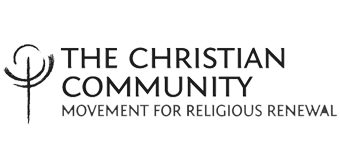Latest News
Kitchen Chat and more…
Kitchen Chat and more…
We are pleased to announce a new offering:
Songs for all Seasons
a musical collection of 55 songs for
The Consecration of the Human Being
If there is anything that binds us to the earth, it has to be the thirst for existence. It shows itself in countless forms, not only in hunger and thirst for food and drink. Whenever we walk through the streets of a city we will quickly recognize how the thirst for existence dominates our lives.
Although Christ’s realm is not of this world, during His life on earth He knew hunger and thirst, longing and temptation, hardship and pain. He is the only one of all the inhabitants of heaven who knows earthly existence and all the temptations it brings, out of His own experience. “Give me to drink.” (Jn 4:7) It sounds not only in the heat of the day, but to the bitter end: “I thirst.” (Jn 19:28) The angels know nothing about this. Even the Father doesn’t. None of them ever became a human being of flesh and blood.
The Risen Christ no longer knows hunger and thirst for earthly substances—but it is His thirst for our existence that makes Him long to be with us, all days, to the fulfillment of the world. His meal is not only the most precious gift on earth, it is also the most precious gift we can give Him. “I thirst. I only have what people give me. I take nothing.” Thus someone heard Him speak in His longing to share the meal with us.[*]
What a surprising expression: He wants to share with us the meal He bestows on us. In this game of giving, taking, and sharing the enigmatic word becomes real, which He spoke as a promise for the future: “The water that I shall give him will become in him a spring of water welling up to eternal life.” (Jn 4:14)
Only if I give myself to Him as He has given Himself to me, the meal is fulfilled and his thirst for our existence is quenched.
-Rev. Bastiann Baan, June 11, 2023
[*] Gabrielle Bossis.
Everywhere in nature presence of Spirit reveals itself. Wherever you look, everything is ordered and arranged according to wise laws of nature, in which every plant, every animal forms an indispensable link in the whole. We are hardly able to unravel some of this perfect order in the science we call ecology, a word the literal meaning of which is: logic of the household of nature. Nothing in this order seems to be left to chance.
Our human order is child’s play compared with the perfect laws of nature. In our lives “ecology” is often hard to find. True, in our origin we were made in God’s image, but this primal image is disformed and mutilated again and again into God’s counter image, the unholy spirit.
At Pentecost, Christ wants to send the Spirit into our souls—provided we make room for the Spirit. His presence of Spirit needs our presence of spirit. And if there is no space for Christ in us, the breath of the Spirit blows to other places on earth. The Spirit blows not only where it wills, but also to the dwelling places we prepare for it.
For this reason the Holy Spirit is also called the Paraclete—this means literally “the called one.” May our prayer, the great prayer of the Consecration of the Human Being, become a flaming call for the Spirit, so that He can find a lasting home in our community!
Rev. Bastiaan Baan, May 28, 2023

